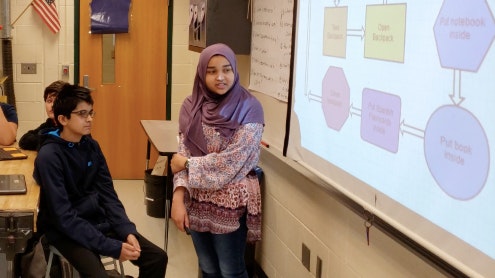Homepage
•
Learning Library
•
Blog
•
Using research-based strategies to help students master computational thinking
Expand breadcrumbs
Expand breadcrumbs
- Learning Library
- Blog
- Using research-based strategies to help students master computational thinking
- Homepage
- •
- Learning Library
- •
- Blog
- •
- Using research-based strategies to help students master computational thinking
Using research-based strategies to help students master computational thinking
By Jorge Valenzuela
June 12, 2019








